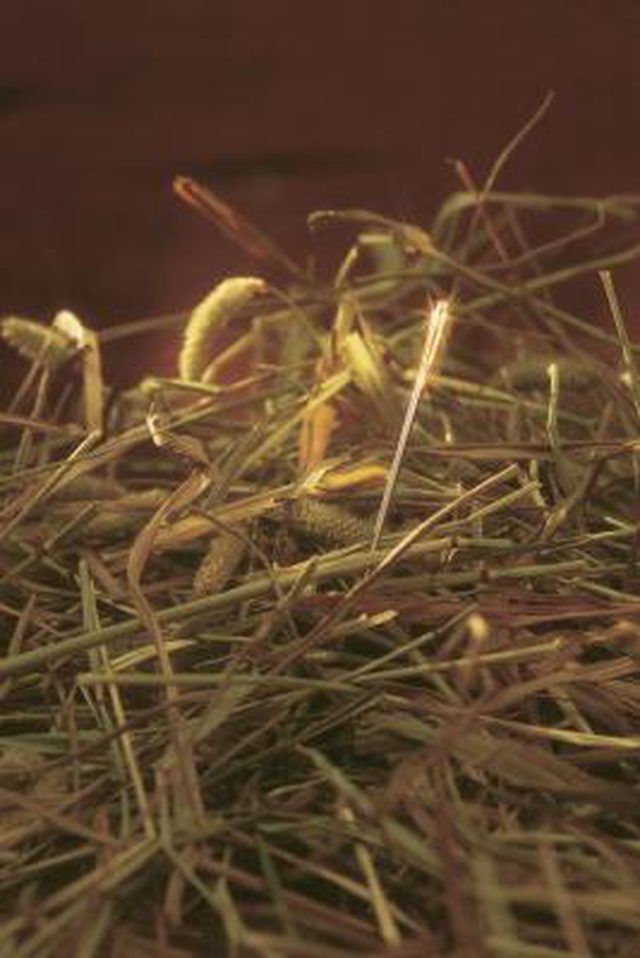Bulbs
Flower Basics
Flower Beds & Specialty Gardens
Flower Garden
Garden Furniture
Garden Gnomes
Garden Seeds
Garden Sheds
Garden Statues
Garden Tools & Supplies
Gardening Basics
Green & Organic
Groundcovers & Vines
Growing Annuals
Growing Basil
Growing Beans
Growing Berries
Growing Blueberries
Growing Cactus
Growing Corn
Growing Cotton
Growing Edibles
Growing Flowers
Growing Garlic
Growing Grapes
Growing Grass
Growing Herbs
Growing Jasmine
Growing Mint
Growing Mushrooms
Orchids
Growing Peanuts
Growing Perennials
Growing Plants
Growing Rosemary
Growing Roses
Growing Strawberries
Growing Sunflowers
Growing Thyme
Growing Tomatoes
Growing Tulips
Growing Vegetables
Herb Basics
Herb Garden
Indoor Growing
Landscaping Basics
Landscaping Patios
Landscaping Plants
Landscaping Shrubs
Landscaping Trees
Landscaping Walks & Pathways
Lawn Basics
Lawn Maintenance
Lawn Mowers
Lawn Ornaments
Lawn Planting
Lawn Tools
Outdoor Growing
Overall Landscape Planning
Pests, Weeds & Problems
Plant Basics
Rock Garden
Rose Garden
Shrubs
Soil
Specialty Gardens
Trees
Vegetable Garden
Yard Maintenance
How to Lay Hay in the Winter to Grow Grass
How to Lay Hay in the Winter to Grow Grass. Growing grass in the winter can be successful if you plant it early enough to beat the coldest weather. Laying hay or straw as a mulch over the newly seeded area helps protect the seeds, keeping them warm and moist to give you the best chance of establishing your winter lawn. The most common types of...

Growing grass in the winter can be successful if you plant it early enough to beat the coldest weather. Laying hay or straw as a mulch over the newly seeded area helps protect the seeds, keeping them warm and moist to give you the best chance of establishing your winter lawn. The most common types of straw mulch come from wheat, barley and oats. The key to using hay is to cover the ground adequately while still letting the seeds benefit from the sun.
Things You'll Need
Gloves
Scissors or knife
Sprinkler
Put on gardening gloves. Cut open the hay bale with scissors or a sharp knife.
Start in the back corner of your seeded area facing the corner. Prepare to spread the hay in front of you, walking backward as you spread. Walking over the hay can displace it, so spread it in such a way that you don't step on the newly laid mulch.
Spread the hay by hand over the newly seeded area. Break up clumps so the hay provides even coverage. You should be able to see some dirt through the hay, which should cover about 70 percent of the ground. In warmer weather, you only need about 50 percent coverage, but more mulch helps the soil hold heat during the colder months.
Water the seeded area thoroughly when finished covering it with hay. Water the area daily for the first two weeks, or until you see tiny blades of grass beginning to poke through the soil.
Leave the straw on the ground as the grass grows. It will break down slowly during the winter, adding essential nutrients to the soil to help keep the grass healthy.
Tips & Warnings
Cool-season grass won't grow well when the weather gets too cold, such as when it's consistently near freezing at night. Plant it as early in the winter as possible to help the grass become established so it can survive colder temperatures.
If you lay warm-season grass seed in the winter, you don't no need to spread hay as mulch at that time. These seeds will remain dormant in the soil until the weather warms in the spring. Adding hay in the spring instead helps hold moisture in the soil so the seeds can germinate.
Hay and straw sometimes carry weed seeds. These aren't likely to appear in the winter, but you might see an increase of weeds in the spring. Mowing the weeds early, and using a weed and feed product appropriate for your grass type can help eliminate the weeds.